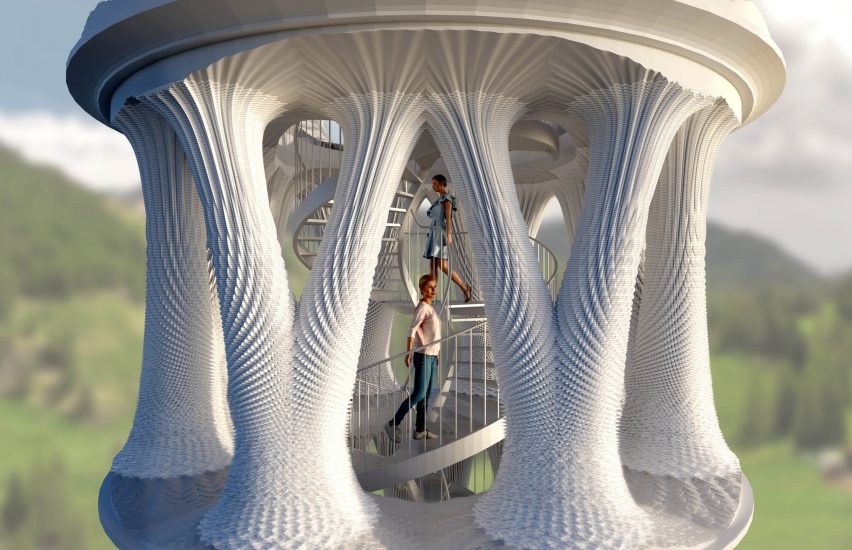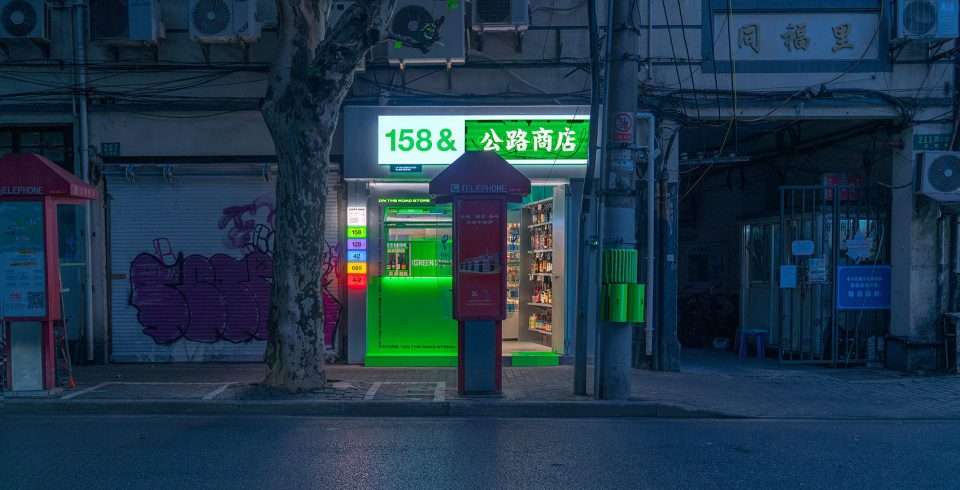The World’s Tallest 3D-Printed Tower
Architects Michael Hansmeyer and Benjamin Dillenburger, in collaboration with ETH Zurich, are embarking on an innovative project to construct Tor Alva, a 30-meter-tall tower in the Swiss Alps, The World’s Tallest 3D-Printed Tower. Utilizing cutting-edge 3D printing technology with concrete, this tower aims to revolutionize construction practices while showcasing the potential of additive manufacturing in architecture.
Redefining Construction with 3D Printing
1. Unprecedented Heights
Tor Alva will stand as the tallest 3D-printed structure globally upon completion, highlighting the groundbreaking capabilities of additive manufacturing in the built environment. The project serves as a testament to pushing the boundaries of traditional construction methods.
2. Sustainable Innovation
By leveraging 3D printing technology, the architects aim to minimize material consumption while offering unparalleled design freedom. The process enables precise application of concrete, reducing waste and environmental impact compared to conventional construction techniques.

Innovative Design and Engineering
1. Structural Integrity
The tower’s Y-shaped columns, fabricated using a concrete extrusion process developed by ETH Zurich, feature integrated steel reinforcement. This innovative approach ensures structural strength while minimizing material usage, showcasing the potential for optimized structures inspired by nature.
2. Customization and Complexity
Tor Alva’s design incorporates intricate geometric patterns and textures made possible by 3D printing. The technology allows for the fabrication of bespoke components and complex geometries without the need for custom formwork, providing architects with unprecedented design freedom.
Sustainable and Adaptable Construction
1. Formwork-Free Fabrication
3D printing eliminates the need for traditional formwork, streamlining the construction process and reducing material waste. The tower’s hollow columns and precise application of concrete exemplify the efficiency and sustainability of additive manufacturing.
2. Modular and Reusable
Tor Alva’s modular construction enables easy assembly and disassembly, making it adaptable for future relocation or reconfiguration. The use of removable screws and post-tensioning cables ensures structural integrity while allowing for flexibility and longevity.

Fostering Cultural Engagement
1. Beacon of Innovation
Tor Alva will serve as a cultural hub, hosting music and theatre performances to attract visitors to the historic alpine village of Mulegns. The tower’s unique design and panoramic views offer an immersive experience that celebrates the intersection of technology and tradition.
2. Community Impact
The project not only showcases technological advancement but also fosters community engagement and cultural enrichment. Tor Alva represents a harmonious blend of innovation and heritage, enhancing the local landscape and inspiring future generations.
Conclusion
Tor Alva stands as a testament to the transformative power of 3D printing in architecture, pushing the boundaries of design, sustainability, and construction. As the world’s tallest 3D-printed structure, it represents a bold leap forward in reimagining the built environment and fostering cultural exchange in the Swiss Alps and beyond.

Finally, find out more on ArchUp:







